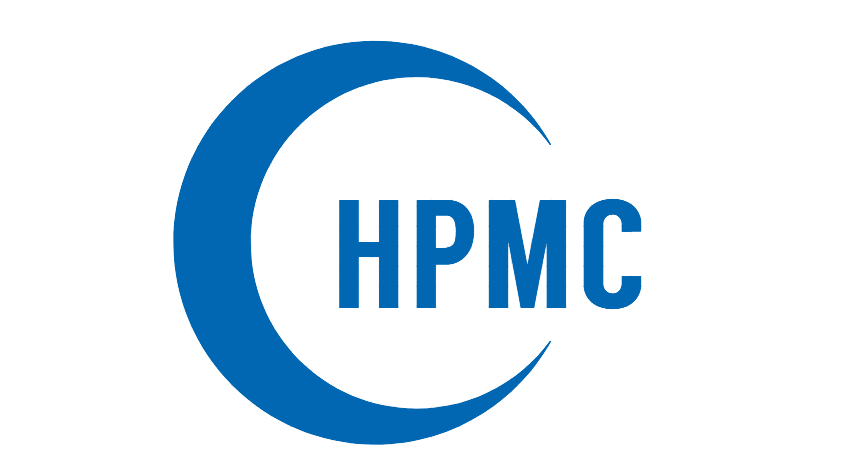Hydroxypropyl Methyl cellulose (HPMC) is commonly used as a dry mixed mortar additive in the construction industry. It is a versatile polymer derived from cellulose, and its properties make it suitable for a wide range of applications, including as a thickener, binder, and water retention agent in dry mixed mortars.
Here are some key properties and benefits of using HPMC in dry mixed mortar:
Water Retention: HPMC has excellent water retention properties, which help to reduce water evaporation from the mortar during curing. This allows the mortar to maintain proper hydration, resulting in improved workability, increased setting time, and enhanced bond strength.
Improved Workability: HPMC acts as a thickener and rheology modifier, enhancing the workability and ease of application of dry mixed mortar. It improves the spreadability, reduces sagging, and enables better adhesion to the substrate.
Binding Agent: HPMC acts as a binder, improving the cohesion and mechanical strength of dry mixed mortar. It enhances the overall durability and resistance to cracking, improving the performance of the mortar over time.
Improved Open Time: Open time refers to the duration during which the mortar remains workable after mixing. HPMC extends the open time of the mortar, allowing for easier application and reducing material waste.
Sag Resistance: HPMC reduces the tendency of dry mixed mortar to sag or slump when applied on vertical surfaces. This property is particularly useful in applications where mortar needs to adhere to walls or overhead surfaces without sliding or drooping.
Chemical Resistance: HPMC provides improved chemical resistance to dry mixed mortar. It helps protect the mortar from the effects of moisture, salts, and other chemicals, making it suitable for a variety of construction environments.
Overall, HPMC is a widely used additive in dry mixed mortars due to its ability to enhance workability, water retention, binding properties, and durability.
